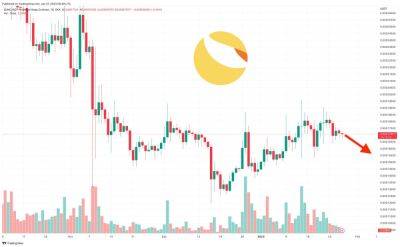These 4 altcoins may attract buyers with Bitcoin stagnating
Bitcoin’s (BTC) volatility remained subdued in the final few days of the last year, indicating that investors were in no hurry to enter the markets.
Bitcoin ended 2022 near $16,500 and the first day of the new year also failed to ignite the markets. This suggests that traders remain cautious and on the lookout for a catalyst to start the next trending move.
Several analysts remain bearish about Bitcoin’s near-term price action. David Marcus, CEO and founder of Bitcoin firm Lightspark, said in a blog post released on Dec. 30 that he does not see the crypto winter ending in 2023 and not even in 2024. He expects that it will take time to rebuild consumer trust but believes the current reset may be good for legitimate firms over the long term.
The bearish calls are an indication that the sentiment remains negative but there is also a silver lining to it. Usually, bear markets end after the last bull has turned bearish. With no more sellers left, the price action stabilizes and new buyers enter the market. That usually causes a reversal and starts a new up-move.
While Bitcoin remains range-bound, select altcoins are showing signs of strength. Let’s look at the charts and spot the important levels to keep an eye on.
The failure of the bulls to push Bitcoin above the 20-day exponential moving average ($16,778) has strengthened the bears further who are trying to sink the price below the immediate support at $16,256.
The 20-day EMA is gradually sloping down and the relative strength index (RSI) is near 43, indicating a minor advantage to sellers. If bears sink the price below $16,256, the BTC/USDT pair could drop to $16,000 and thereafter to the vital support at $15,476. A break below this support could signal the resumption of the
Read more on cointelegraph.com














